Minoxidil for Hair Growth - Everything You Need to Know
Here's Everything You Need to Know about Minoxidil
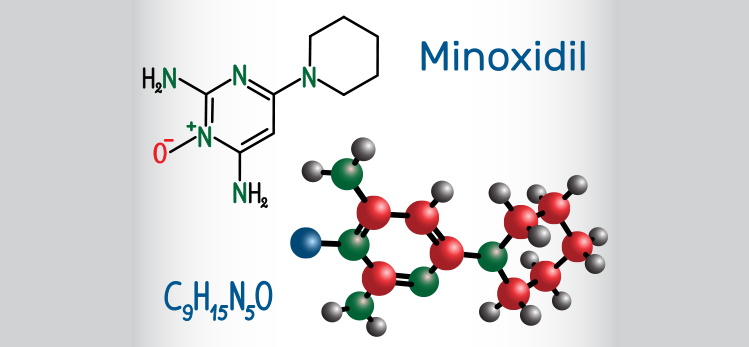
Needless to say, everyone wants to have long, luxurious strands. However, attaining and maintaining the same is often easier said than done. In fact, studies have shown that at least 20% of all covid-19 survivors start experiencing severe hair loss 2-3 months after getting cured of the condition.
So, how does one solve the issue of hair loss and promote hair growth? Well, that's where a balanced diet and seeking advice from a dermatologist comes in. They will be able to identify the type of hair fall you are experiencing and prescribe treatment accordingly. If you are diagnosed with androgenic alopecia, then one of the treatment option advised by dermatologist is Minoxidil
Join us today as we discuss this treatment in great detail with special reference to its usage, safety advice, and possible side effects.
What is Minoxidil?
At its simplest, minoxidil is a prescribed topical medication that is used to promote hair growth while slowing down the rate of hair loss in people with androgenic alopecia. It does this by activating the cytoprotective prostaglandin synthase-1 enzyme and enhancing the expression of the vascular endothelial growth factor (VEGF) mRNA present in the dermal papillae. Unlike other options, the product is known for having a direct mitogenic effect on the individual's epidermal cells, which increases the possibility of getting positive results. Furthermore, the treatment can also be used to prevent the death of hair cells and lengthen the lifespan of keratinocytes - both of which contribute to hair growth.
How Do You Apply the Product?
As of today, this treatment is only available in the form of a solution and foam. The best way to apply the same is as follows:
Start by combing through your clean, dry hair and dividing it into thin partitions.
Add and massage a few drops of minoxidil into the patches of scalp present in between each partition. In total, you should only use about 1 milliliter of the medication for your entire head.
To notice results, repeat this process twice a day - once in the morning and once at night. Leave the product in your hair for at least 5 hours before washing it out. This will give the medication more time to seep into the scalp and take effect.
Keep In Mind
Refrain from using large doses of minoxidil as that could lead to unwanted hair growth on the face and hands.
To protect your hands, wash them immediately after applying the medication.
In the event of a missed dosage, we recommend continuing with the treatment instead of pausing it.
SafetyMeasures
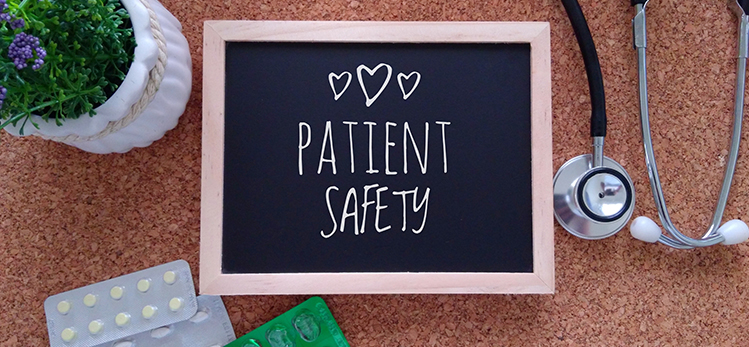
Individuals below 18 years of age are not permitted to use this treatment.
This treatment should be followed only as per a dermatologist's instructions.
The treatment is suitable only for individuals with androgenic alopecia.
The medication should only be applied to the scalp. If the same comes in contact with your eyes, mouth, and/or nose, wash the body part thoroughly with cool water.
This treatment is not suitable for patients who suffer from high blood pressure or scalp irritation.
This medication is not suitable for pregnant women and not recommended in lactating women.
If you experience any of the symptoms listed in the previously mentioned paragraph, stop using the medication immediately.
Side Effects Of Minoxidil
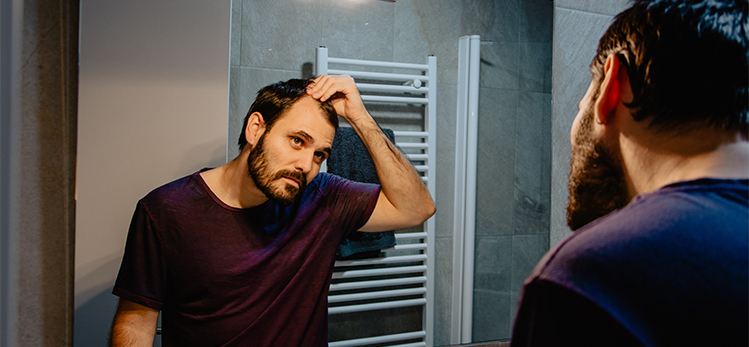
The individual may experience itching and scalp irritation where minoxidil is applied.
The alcohol present in the medication may cause burning or irritation of the eyes. If minoxidil enters the eyes, rinse with a lot of cool water immediately.
Other adverse effects include hypersensitive reactions including face oedema, generalised erythema, pruritus generalised, swelling face, and throat tightness.
Headache, chest pain, hypertrichosis, rash, dermatitis, oedema peripheral, weight gain, local erythema, dry skin/ scalp flaking and exacerbation of hair loss may also be experienced.
Myths Related To Minoxidil
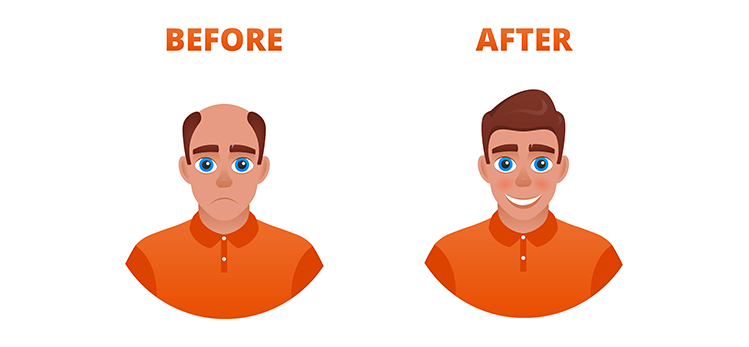
1) Minoxidil can cause hair loss
This statement is not true.
Minoxidil by itself is not a cause for hair fall or hair shedding. When initially beginning with this treatment, a temporary increase in hair fall is simply due to the synchronization of the hair cycle induced by the treatment.
2) Minoxidil is an over-the-counter treatment
While this product is an over-the-counter drug in countries like the United States of America, it does require a doctor's prescription in India. This is quite a sound rule as it will put your local dermatologist in a better position to determine the cause of your hair loss and create an appropriate treatment plan for the same.
3) Minoxidil can only be used on men
This statement is not true at all.
There are currently no studies that showcase a difference in results when applying the drug to both sexes. As such, the medication is a great option for all individuals. However, it should be used as per your dermatologist's instructions and should not be used by pregnant or women who breastfeed as it can cause foetal abnormalities.
4) Minoxidil does not showcase any results
This statement is absolutely false.
Not only does minoxidil promote hair growth, but it also goes a long way in slowing down the rate of hair fall in those suffering from androgenic alopecia. However, the treatment needs to be adhered to for 3-4 months consistently under a dermatologist's supervision before results are visible.
5) Minoxidil is extremely harmful
While this treatment can cause certain side effects, it is not inherently harmful. This is especially true if the individual reads and follows the safety procedures accurately before applying the product.
We do hope this article gave you all the information you needed!
Please visit your dermatologist if you have hair fall for an accurate diagnosis and management plan.
Disclaimer: Minoxidil is a prescription only drug. It is to be taken only after a dermatologist's assessment and prescription. Please consult your dermatologist for further guidance.
Myth Busters HairFall
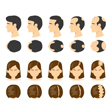
Androgenetic Alopecia - Everything You Need To Know
Have you been experiencing excessive hair fall over a prolonged period of time? It could be an early sign of androgenetic alopecia. It is a hair loss disorder common in both genders and can lead to progressive thinning and even baldness in some patients if not caught and treated early.

How To Make Hair Grow Faster For Men
A head full of healthy hair is a matter of confidence. Hair has its own mechanism of growing and shedding, and it is when this mechanism is thrown off that growth is hindered. Especially in the case of males, hair growth faces a lot of hiccups that can easily be managed.
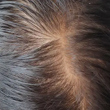
Female Pattern Baldness - Causes & Treatments
Have you suddenly noticed an increase in the number of hair strands on your pillow in the morning? Or is your ponytail getting thinner by day? Well, you might be suffering from female pattern baldness. While that does sound scary, identifying it early on is key to treating this condition effectively. So keep reading to know what this is, how you can identify it, and most importantly, what treatments you can avail of to get your beautiful lustrous hair back.
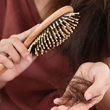
What Are The Reasons For Hairfall?
Almost everyone experiences some amount of hair thinning over the years. Shedding around 50 to 100 single strands of hair per day is considered normal. However, losing more than 150 strands a day, experiencing sudden thinning, or developing circular bald patches on your scalp are reasons for concern. Hair loss occurs when new hair doesn’t grow fast enough to replace the amount of hair you lose daily. Hair can fall due to various reasons, with hereditary hair loss and poor nutrition being the most common hair fall reasons.

Expert Approved Tips For Hair Growth
What can be more debilitating than seeing hundreds of hair strands shedding from your scalp every time you brush your hair? Also, excessive molting occurs during seasonal changes that can be very stressful for you. Although it’s okay to lose between 50-100 strands every day, according to the American Academy of Dermatology, the problem occurs when you start shedding more than normal. But that doesn’t mean you have to feel helpless as there are ways to grow your hair back. Even if you are coping with baldness or alopecia, certain hair growth tips from dermatologists can come to your rescue. Read on to discover how these tips can be your savior when abnormal hair fall problems are in sight.
Trending Videos
+ 6 Sources
LMRC - GGI-CO-A2-DMA-300026127-300026127-WM-J21-282
© 2021 Dr. Reddy’s Laboratories Ltd. All rights reserved.